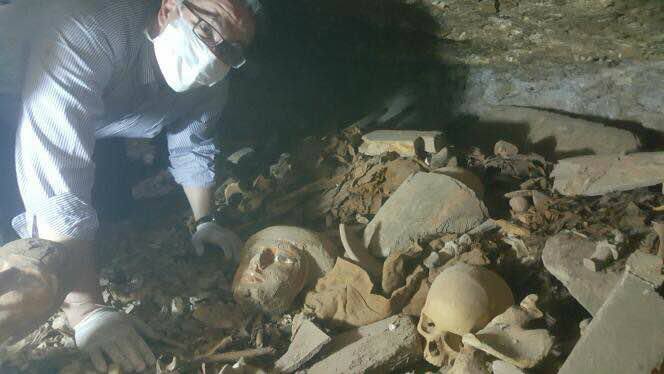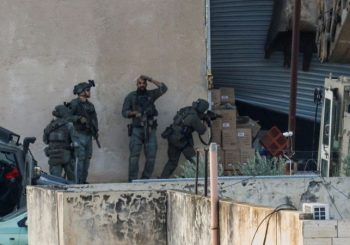Minister of Antiquities Khaled Al-Anany has announced on Tuesday the discovery of a funerary collection in a newly discovered tomb in Draa Abul Nagaa necropolis on Luxor’s West Bank.
The archaeological mission working in the area has found the tomb containing tens of artifacts, six Pharaonic mummies, coffins and statues, according to the head of the mission Mostafa Al-Wazeery.
Al-Wazeery said in press statements that “City’s Magistrate” was a rare job during this dynasty, adding that they have found the mummies in a good condition.
“Though the tomb is small, several coloured masks were discovered. The archaeological mission has discovered that mummies in the tombs died as a result of an unknown disease,” said Al-Wazeery.
He concluded saying that they have also discovered about 1050 statues and they are expecting to find more as they proceed.
In press statements, Al-Anany said that the name of the new tomb is “Camp 157”. It most likely belongs to city’s Magistrate Userhat. The tomb represents the typical example of a nobleman tomb and it is thought to date back to the 18th dynasty.
According to the description of the Ministry of Antiquities, the T-shaped tomb consists of an open court leading into a rectangular hall, a corridor and an inner chamber.







Comments (2)
[…] West Bank. The archaeological mission working in the area and was also led by Al-Waziri discovered a tomb containing tens of artifacts, six Pharaonic mummies, coffins, and […]
[…] West Bank. The archaeological mission working in the area and was also led by Al-Waziri discovered a tomb containing tens of artifacts, six Pharaonic mummies, coffins, and […]